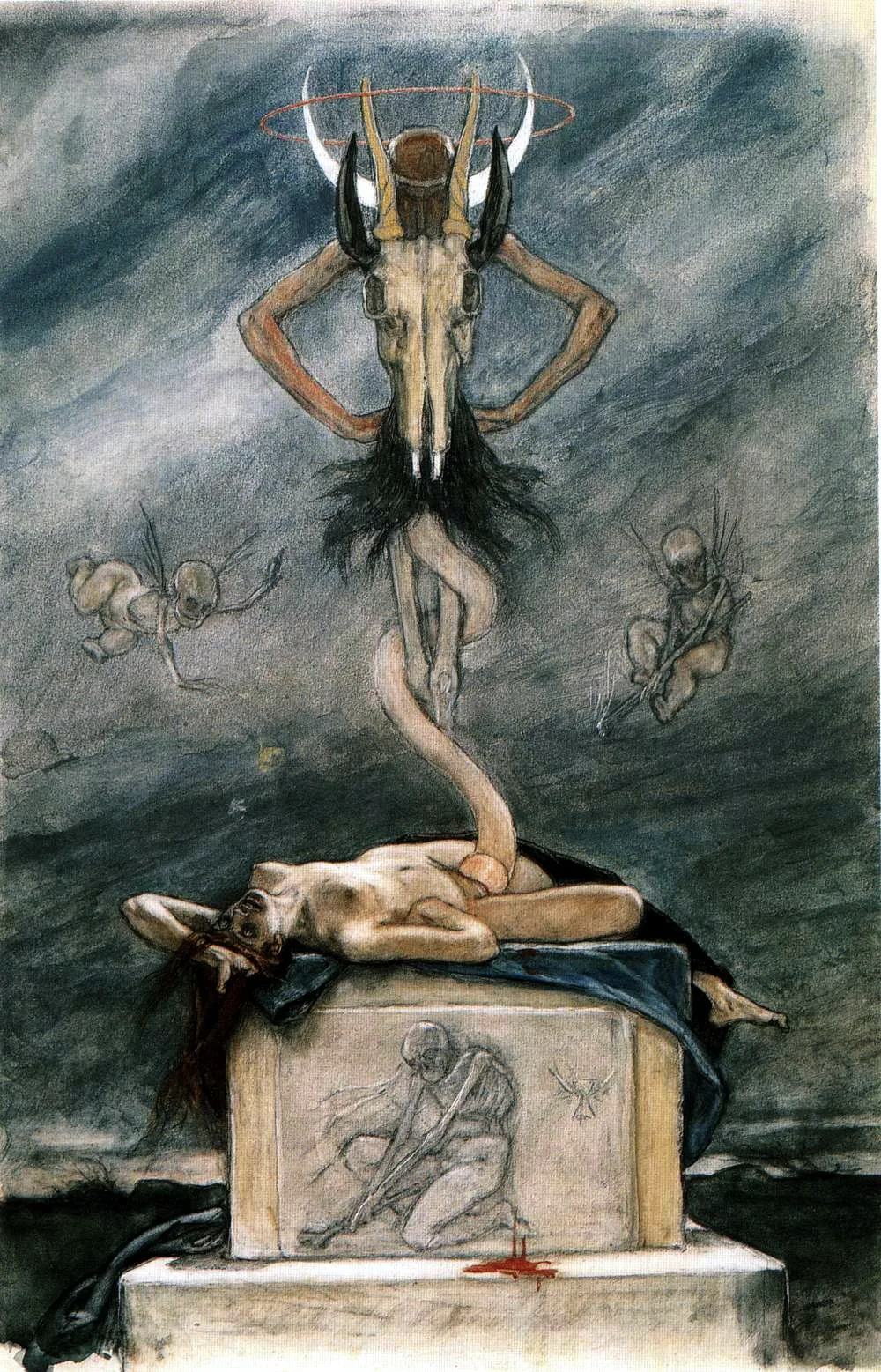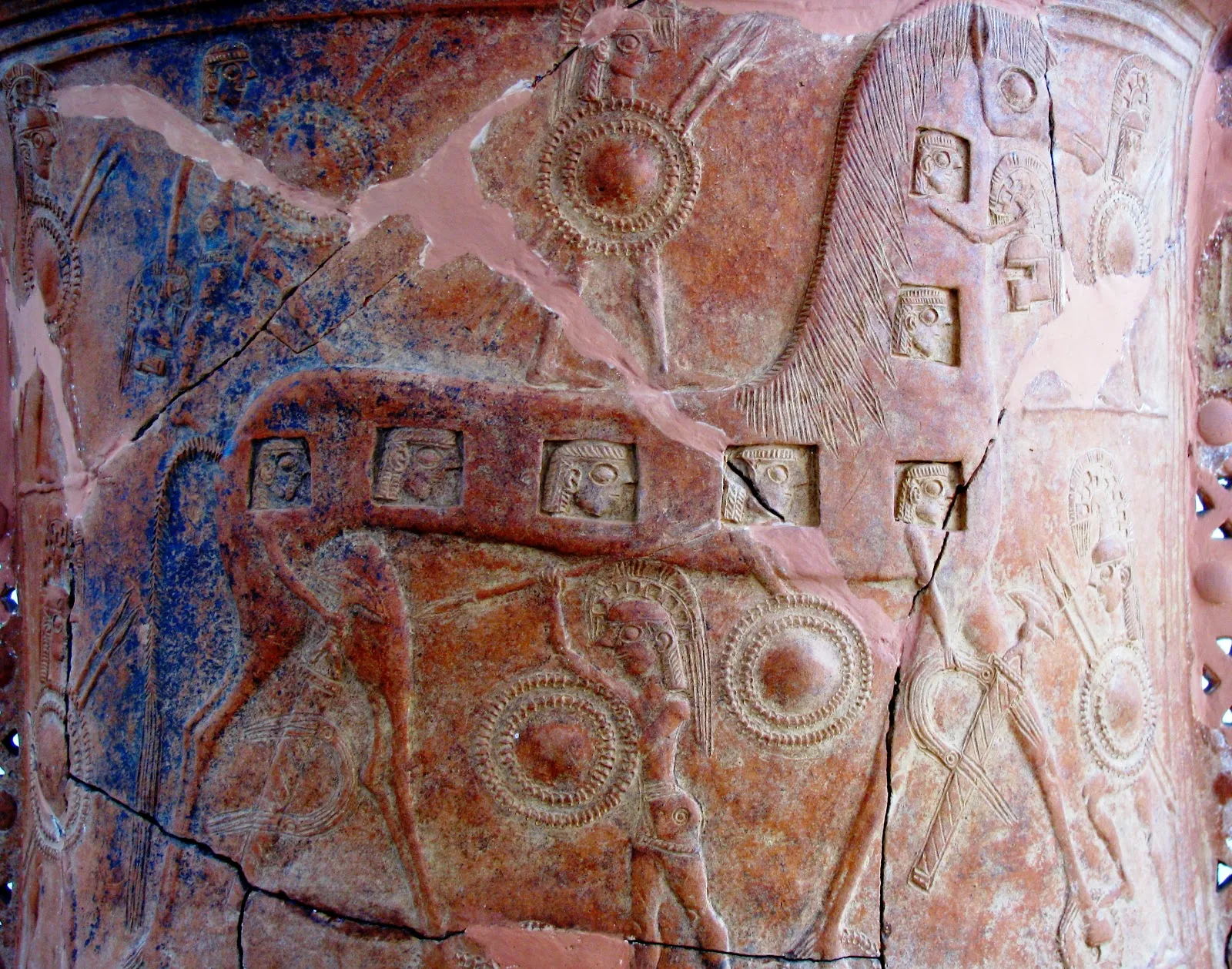Στο
κέντρο της εικόνας βρίσκονται τα δύο πανάρχαια κβάζαρ που γεννήθηκαν σχεδόν
ταυτόχρονα με το Σύμπαν. In this new Hubble image two objects are clearly
visible, shining brightly. When they were first discovered in 1979, they were
thought to be separate objects — however, astronomers soon realised that these
twins are a little too identical! They are close together, lie at the same
distance from us, and have surprisingly similar properties. The reason they are
so similar is not some bizarre coincidence; they are in fact the same object.
These cosmic doppelgangers make up a double quasar known as QSO 0957+561, also
known as the "Twin Quasar", which lies just under 14 billion
light-years from Earth. Quasars are the intensely powerful centres of distant
galaxies. So, why are we seeing this quasar twice? Some 4 billion light-years
from Earth — and directly in our line of sight — is the huge galaxy YGKOW G1.
This galaxy was the first ever observed gravitational lens, an object with a
mass so great that it can bend the light from objects lying behind it. This
phenomenon not only allows us to see objects that would otherwise be too
remote, in cases like this it also allows us to see them twice over. Along with
the cluster of galaxies in which it resides, YGKOW G1 exerts an enormous
gravitational force. This doesn't just affect the galaxy's shape, the stars
that it forms, and the objects around it — it affects the very space it sits
in, warping and bending the environment and producing bizarre effects, such as
this quasar double image. This observation of gravitational lensing, the first
of its kind, meant more than just the discovery of an impressive optical
illusion allowing telescopes like Hubble to effectively see behind an
intervening galaxy. It was evidence for Einstein's theory of general
relativity. This theory had identified gravitational lensing as one of its only
observable effects, but until this observation no such lensing had been
observed since the idea was first mooted in 1936. Image: ESA/Hubble
& NASA
Η
NASA έδωσε στη δημοσιότητα μια νέα εικόνα που τράβηξε το διαστημικό τηλεσκόπιο
Hubble από δύο κβάζαρ που βρίσκονται κυριολεκτικά στην… αρχή του Κόσμου.
Σύμφωνα με τους αστρονόμους τα δύο λαμπρά αντικείμενα γεννήθηκαν αμέσως μετά τη
γέννηση του Σύμπαντος.
Αρχαία
και φωτεινά
Artistic impression
of a quasi stellar object. Image credits: Aurore Simonnet
Τα
κβάζαρ είναι μακρινά και λαμπρά αντικείμενα του Σύμπαντος, που το καθένα εκπέμπει ενέργεια εκατοντάδες φορές
μεγαλύτερη από έναν γιγάντιο γαλαξία. Πρωτοανακαλύφθηκαν το 1960, όταν οι
αστρονόμοι έψαχναν για πολύ ισχυρές ραδιοπηγές. Για αυτόν το λόγο ονομάστηκαν
QUAsi-stellAR (ημιαστρικές ραδιοπηγές) ή ημιαστέρες.
Σήμερα
ξέρουμε πως δεν έχουν καμιά ομοιότητα με τους αστέρες αν και στις φωτογραφίες
μοιάζουν. Η μελέτη τους είναι ιδιαίτερα σημαντική λόγω της εικόνας που
σχηματίζουμε για τα αρχαιότερα αντικείμενα του Σύμπαντος.
Δημιουργήθηκαν
στο αρχέγονο Σύμπαν και η ηλικία τους συγκρίνεται με αυτή του ίδιου του
Σύμπαντος. Αν και υπήρχαν πολλές θεωρίες για την προέλευσή τους η κυρίαρχη
επιστημονική άποψη είναι πως τα κβάζαρ είναι πυρήνες γαλαξιών που περιέχουν στο
κέντρο τους μια μεγάλη μαύρη τρύπα.
Πανάρχαιο
δίδυμο
Τα
δύο κβάζαρ που βρίσκονται πολύ κοντά το ένα στο άλλο εντοπίστηκαν το 1979. Λόγω
του ότι οι ιδιότητές τους είναι όμοιες με εκπληκτικό και ανεξήγητο τρόπο, οι
αστρονόμοι καταλήγουν να μιλούν για ένα και μόνο κοσμικό αντικείμενο.
Το
δίδυμο των κβάζαρ έχει λάβει την κωδική ονομασία QSO 0957+561 αλλά είναι
περισσότερο γνωστό ως «Δίδυμα Κβάζαρ». Οι υπολογισμοί δείχνουν ότι το δίδυμο
βρίσκεται σε απόσταση που προσεγγίζει τα 14 δισ. έτη φωτός γεγονός που σημαίνει
ότι είναι εκ των πρώτων αντικειμένων που δημιουργήθηκαν στο Σύμπαν. Η κρατούσα
θεωρία αναφέρει ότι η Μεγάλη Έκρηξη από την οποία προέκυψε το Σύμπαν συνέβη
πριν από 13.8 δισ. έτη.








.jpg)



















